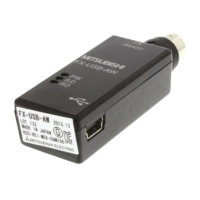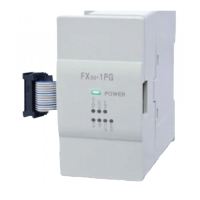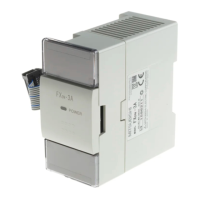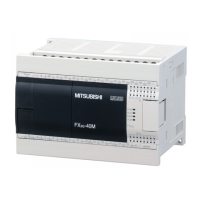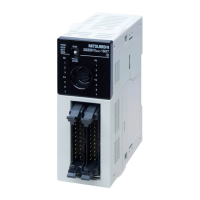The Basics of Positioning Control Actuators for positioning
1 - 2
MITSUBISHI ELECTRIC
1.2 Actuators for positioning
The options available for positioning control depend on the type of actuator driving the system. An
actuator is a mechanical device that moves or controls a specific element or a series of elements within
a system.
In a mechanical system, an actuator is often used with a sensor to detect the motion or position of a
workpiece. The following illustrations provide examples of diversified actuators, their features and
their weak points.
1.2.1 Pneumatic
Features and Drawbacks
● Air source and high grade piping are required.
● High torque is not available.
● Multi-point positioning is complex and very difficult to achieve.
● Change in positioning is difficult.
1.2.2 Brake motor
Features and Drawbacks
● Positioning mechanism is simple.
● Repeatability is poor.
● Change in positioning is difficult.
(When optical sensors or limit switches are used for stop)
Fig. 1-1:
Schematic drawing
Pneumatic
120010da.eps
Fig. 1-2:
Schematic drawing
Brake motor
120020da.eps
Air cylinder
Workpiece
Compressor
Piping
Limit switch
Motor with brake
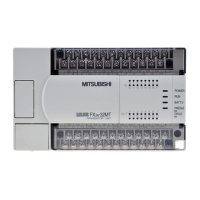
